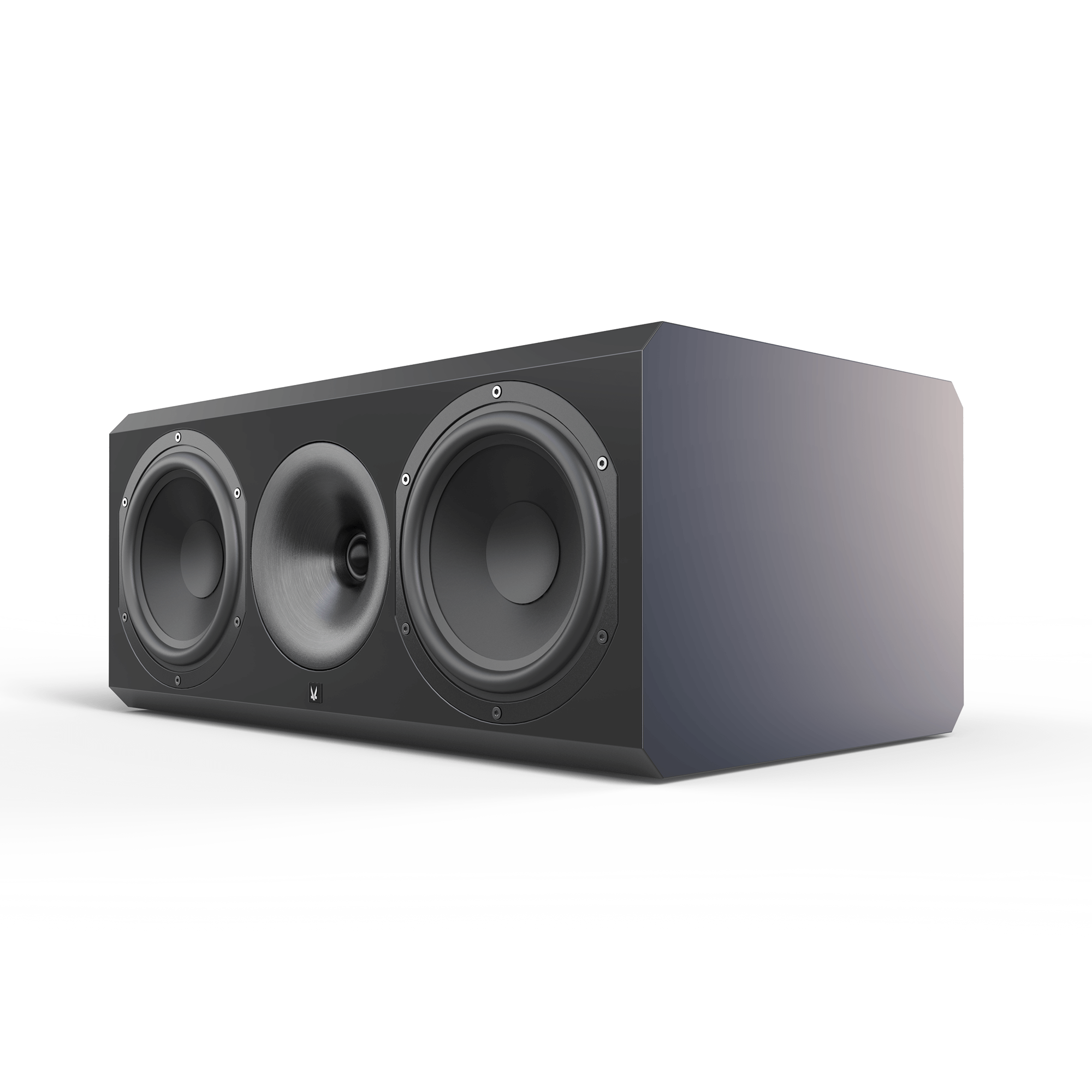Well, I see that as a very good argument for it to be useful to test some products above 96dB, assuming they didn't fail miserably at 96dB - because if fairly common use case (or particular to that product) is above 96dB then it makes sense to test it above that.
(I use my JBL 308p Mkii speakers (2.1 channel) at 3.8m, for a max of 84.5dB at 1kHz (0dBFS) for two speakers (measured with UMIK from frequency sweep)......I think I once worked out what that would equate to for 1m for 1 speaker but I can't remember the result, I'm pretty sure it was less than 96dB though, but I don't listen crazy loud.)
EDIT: 2 lots of doubling distance from 1m = 12dB effect. 2 speakers vs 1 speaker = 3dB effect; therefore 84.5dB at 4m is equivalent of 96.5dB at 1m, then decrease that by 3dB due to having 2 speakers, so 93.5dB at 1m for 1 speaker seems to be what my speakers have to do at my max listening volume - in this case I agree with you that 96dB at 1m can be easily passed in terms of how loud a person would want a speaker!


